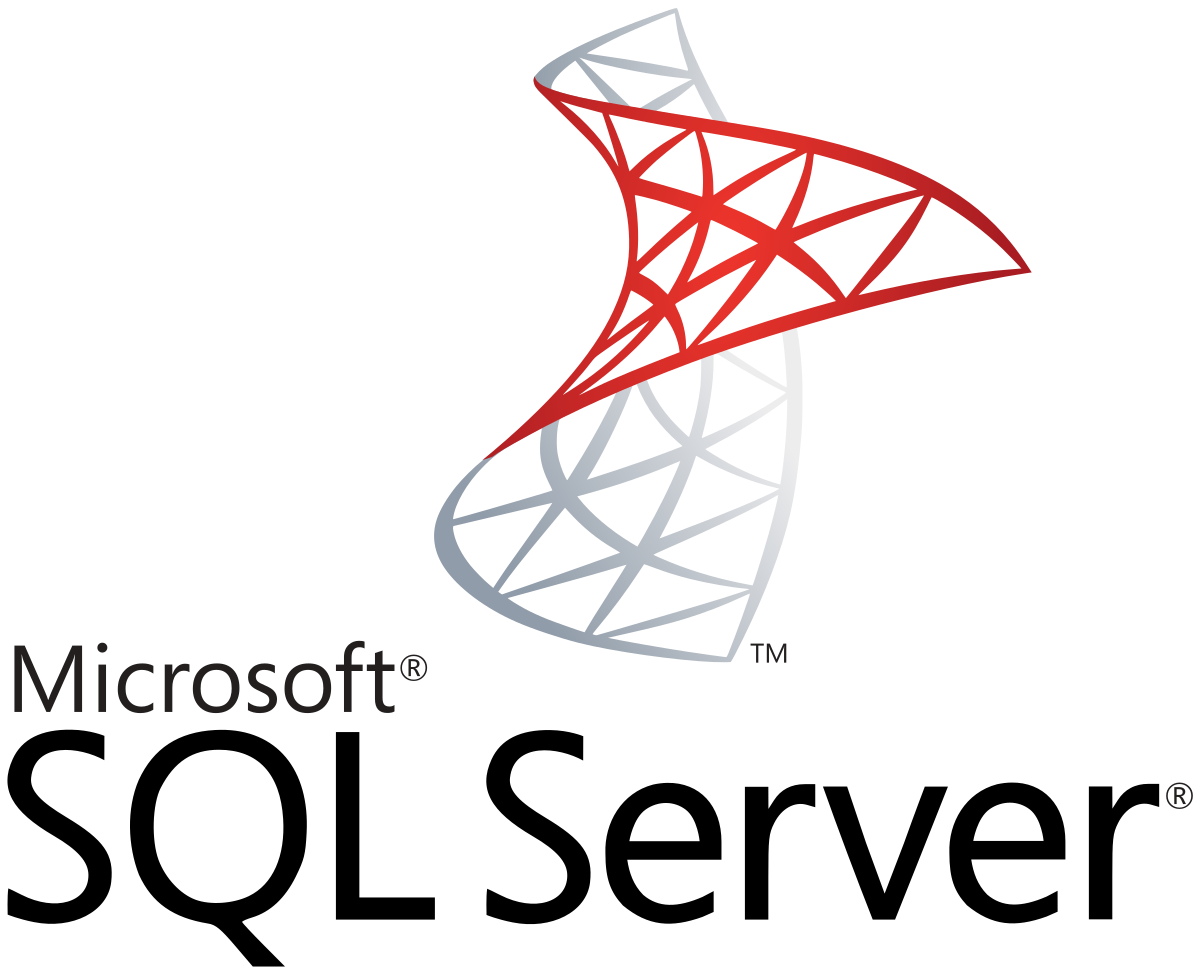In today’s world, data is collected by a wide range of industries, including business, finance, healthcare, education, and entertainment. As a result, there is a high demand for professionals who are skilled in managing this data. Database administrators are needed by almost every business, institution, and government agency.
The Bureau of Labor Statistics predicts that the demand for computer and IT occupations will increase over the next decade due to the integration of technology into daily life.
Database administrators are responsible for the management and maintenance of company databases. Database administrators’ duties include maintaining adherence to a data management policy and ensuring that company databases are functional and backed up in the event of memory loss.
Our offer
Building database systems of high availability and quality depending on each end user’s specialised role.
Designing and implementing database in accordance to end users information needs and views.
Defining users and enable data distribution to the right user, in appropriate format and in a timely manner.
Useing high-speed transaction recovery techniques and backup data.
Minimising database downtime and manage parameters to provide fast query responses.
Providing proactive and reactive data management support and training to users.
Determining, enforcing and documenting database policies, procedures and standards.
Performing tests and evaluations regularly to ensure data security, privacy and integrity.
Monitor database performance, implement changes and apply new patches and versions when required.
Technologies

Amazon DynamoDB is a fully managed proprietary NoSQL database offered by Amazon.com as part of the Amazon Web Services portfolio. DynamoDB offers a fast persistent Key-Value Datastore with built-in support for replication, autoscaling, encryption at rest, and on-demand backup among other features.

Microsoft SQL Server is a proprietary relational database management system developed by Microsoft. As a database server, it is a software product with the primary function of storing and retrieving data as requested by other software applications—which may run either on the same computer or on another computer across a network (including the Internet). Microsoft markets at least a dozen different editions of Microsoft SQL Server, aimed at different audiences and for workloads ranging from small single-machine applications to large Internet-facing applications with many concurrent users.

MySQL is an open-source relational database management system. A relational database organizes data into one or more data tables in which data may be related to each other; these relations help structure the data. In addition to relational databases and SQL, an RDBMS like MySQL works with an operating system to implement a relational database in a computer’s storage system, manages users, allows for network access and facilitates testing database integrity and creation of backups.

PostgreSQL, is a free and open-source relational database management system (RDBMS) emphasizing extensibility and SQL compliance. PostgreSQL features transactions with atomicity, consistency, isolation, durability (ACID) properties, automatically updatable views, materialized views, triggers, foreign keys, and stored procedures. It is designed to handle a range of workloads, from single machines to data warehouses or web services with many concurrent users.